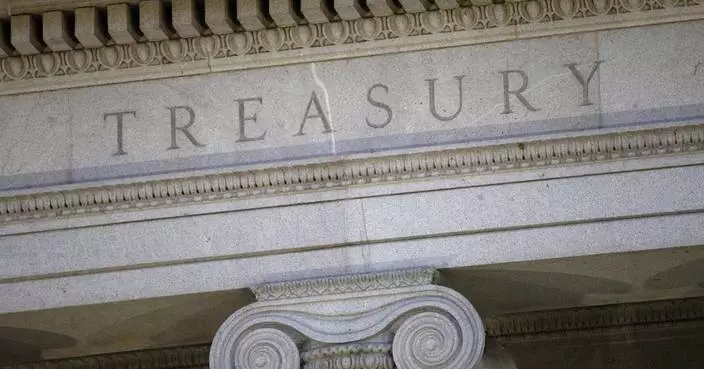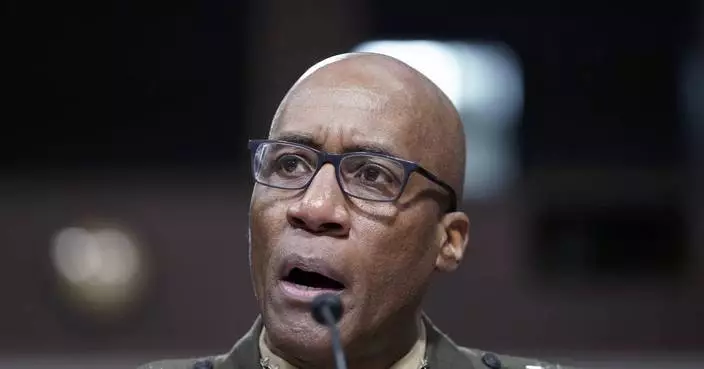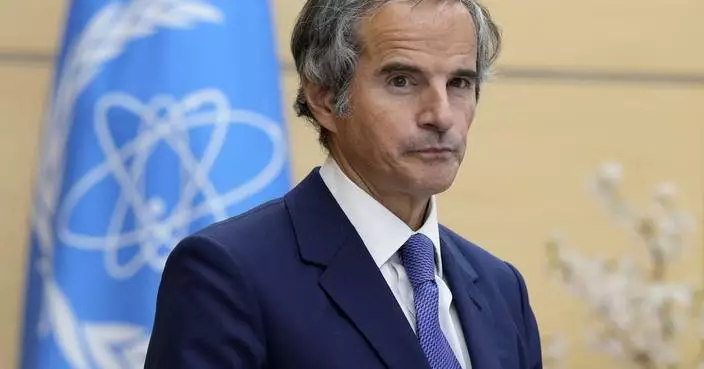President Donald Trump signed an executive order Monday that calls for upfront disclosure by hospitals of actual prices for common tests and procedures to keep costs down .
The idea is to give patients practical information that they can use to help save money. For example, if a hospital charges your insurer $3,500 for a type of echocardiogram and the same test costs $550 in a doctor's office, you might go for the lower-price procedure to save on copays.
But insurers said the idea could backfire, prompting hospitals that now give deeper discounts to try to raise their own negotiated prices to match what high-earners are getting.

President Donald Trump speaks during a ceremony where he will sign an executive order that calls for upfront disclosure by hospitals of actual prices for common tests and procedures to keep costs down, at the White House in Washington, Monday, June 24, 2019. (AP PhotoCarolyn Kaster)
Trump's order also requires that patients be told ahead of time what their out-of-pocket costs like deductibles and copays will be for many procedures.
Little will change right away. The executive order calls for a rule-making process by federal agencies, which typically takes months or even years. The details of what information will have to be disclosed and how it will be made available to patients must be worked out as part of writing the regulations. That will involve a complex give-and-take with hospitals, insurers and others affected.
Consumers will have to wait to see whether the results live up to the administration's promises.
"For too long it's been virtually impossible for Americans to know the real price and quality of health care services and the services they receive," Trump said at the White House. "As a result, patients face significant obstacles shopping for the best care at the best price, driving up health care costs for everyone. With today's historic action, we are fundamentally changing the nature of the health care marketplace."
Health and Human Services Secretary Alex Azar told reporters earlier that the order "will put patients in charge and address the drivers of high health care costs...increasing choice and competition."
Lack of information on health care prices is a widespread problem . It's confusing for patients, and experts say it's also one of the major factors that push up U.S. costs. The same test or procedure, in the same city, can cost widely different amounts depending on who is performing it and who is paying the bill. Hospital list prices, which are available, don't reflect what they actually get paid by insurers and government programs.
The health insurance industry said disclosing negotiated prices will only encourage hospitals that are now providing deeper discounts to try to raise their rates to match the top-tier facilities. "Publicly disclosing competitively negotiated proprietary rates will reduce competition and push prices higher — not lower — for consumers, patients, and taxpayers," Matt Eyles, head of the industry group America's Health Insurance Plans, said in a statement.
While the prices Medicare pays are publicly available, private insurers' negotiated rates generally are not. Industry officials say such contractual information is tantamount to trade secrets and should remain private.
Azar pushed back against that argument, saying insurers do ultimately disclose their payment rates when they send individual patients an "explanation of benefits." That's the technical term for the form that patients get after they've had a procedure or seen the doctor.
"Every time one of us goes to a hospital, within a couple of weeks there arrives an explanation of benefits that contains the list price, the negotiated price, and your out-of-pocket cost," Azar said. "This is not some great state secret out there." He said "that information is out there, it just needs to be presented to patients at the right time, in the right format, so it can help drive decision-making for them."
Trump's executive order also calls for:
—expanded uses for health savings accounts, a tax-advantaged way to pay health care bills that has long been favored by Republicans. Coupled with a lower-premium, high-deductible insurance plan, the accounts can be used to pay out-of-pocket costs for routine medical exams and procedures.
—a plan to pull together the government's various health care quality rating systems for hospitals, nursing homes, and Medicare Advantage plans, improving reporting of information to consumers.
—more access by researchers to health care information, such as claims for services covered by government programs like Medicare. The data would be stripped of details that could identify individual patients.










